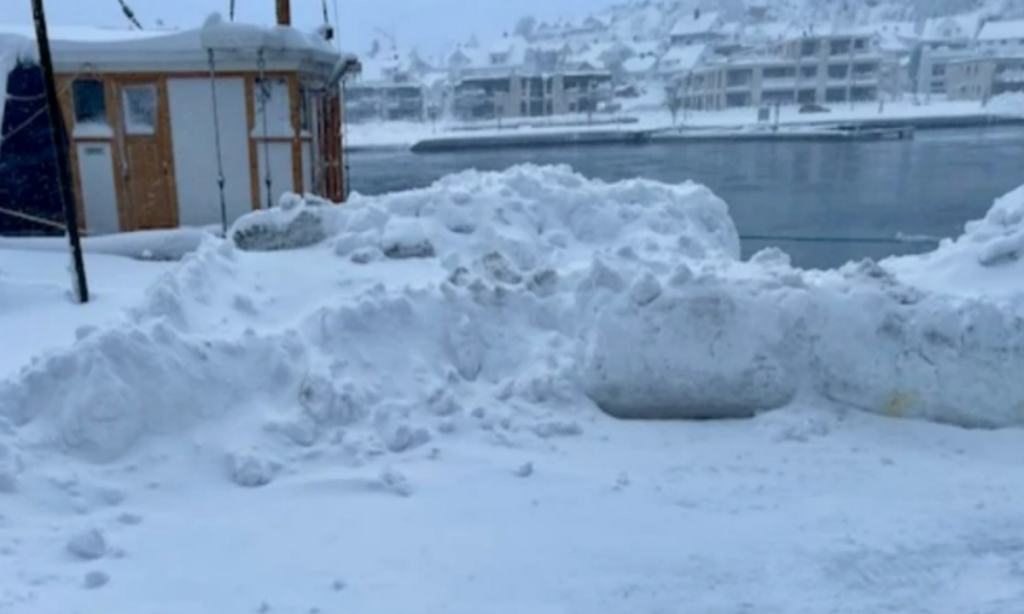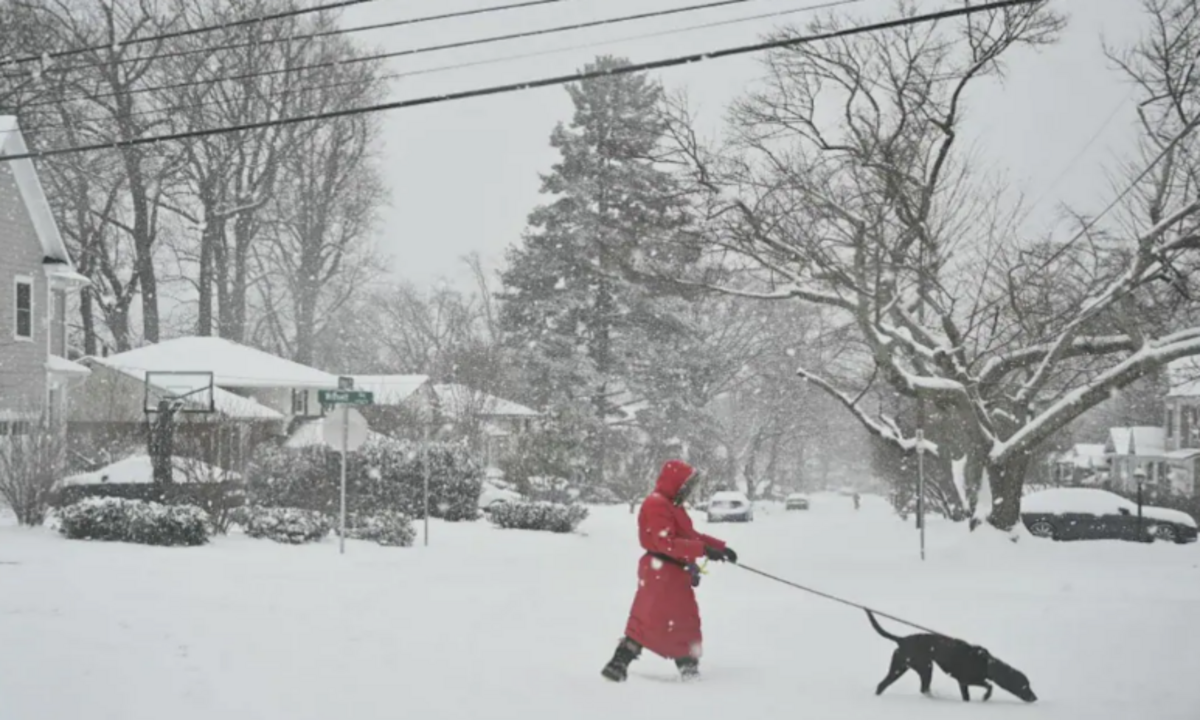In January 2025, a historic winter storm swept across the southern United States, bringing heavy snow, ice, and freezing temperatures to regions unaccustomed to such severe winter weather.
The storm caused widespread power outages, travel disruptions, and significant challenges for residents and authorities alike.
Unprecedented Snowfall and Ice Accumulation
The storm, which began impacting the Deep South on January 8, 2025, delivered record-breaking snowfall and ice accumulation across multiple states. Cities like Atlanta, Georgia, experienced substantial snowfall, marking the largest snowstorm in years for the area. Charlotte, North Carolina, also reported measurable snow, breaking a long-standing snowless streak.
In the Gulf Coast region, the storm’s impact was particularly severe. Milton, Florida, recorded a record 9 inches of Winter snow, leading to significant disruptions. The National Weather Service issued a blizzard warning for parts of the Gulf Coast, a first for the region, highlighting the storm’s unprecedented nature.
Widespread Power Outages
The combination of heavy snow, ice, and strong winds led to widespread power outages across the South. At the peak of the storm, more than 150,000 homes and businesses were without electricity from Texas to Florida. The weight of the Winter snow and ice caused trees and power lines to fall, complicating restoration efforts.
In Kentucky, Missouri, Virginia, Illinois, and Indiana, electric cooperatives worked tirelessly to restore power to affected customers. With the assistance of mutual aid crews, significant progress was made, but the extensive damage meant that some residents faced prolonged outages.
Travel Disruptions and Safety Concerns
Travel was severely impacted as major highways became treacherous due to snow and ice. Authorities across the affected states urged residents to stay off the roads unless absolutely necessary. Numerous accidents were reported, and several airports, including those in Houston and Atlanta, experienced significant flight cancellations and delays.
The storm also posed significant safety concerns. In Houston, the fire department responded to numerous calls related to carbon monoxide poisoning, as residents used generators and other alternative heating sources improperly during power outages. Authorities emphasized the importance of using such equipment safely to prevent further tragedies.
Community Response and Resilience
Despite the challenges, communities across the South demonstrated resilience. Neighbors helped each other clear snow, shared resources, and provided support to those in need. Emergency shelters were opened to accommodate those without power or adequate heating, and local organizations mobilized to distribute food and supplies.
The storm also highlighted the importance of preparedness, even in regions that rarely experience severe winter weather. Officials urged residents to have emergency kits, stay informed through official channels, and check on vulnerable neighbors during such events.
Looking Ahead
As the South begins to recover from this historic Winter storm, attention turns to rebuilding and learning from the experience. Infrastructure improvements, better emergency planning, and increased public awareness are key areas of focus to enhance resilience against future severe weather events.
Meteorologists continue to study the factors that contributed to the severity of this storm, including potential links to broader climatic patterns. Understanding these elements is crucial for improving forecasting and preparedness in the future.
Disclaimer—Our team has checked this article to ensure its accuracy and eliminate any misinformation. We are committed to providing clear and reliable information for our readers.


